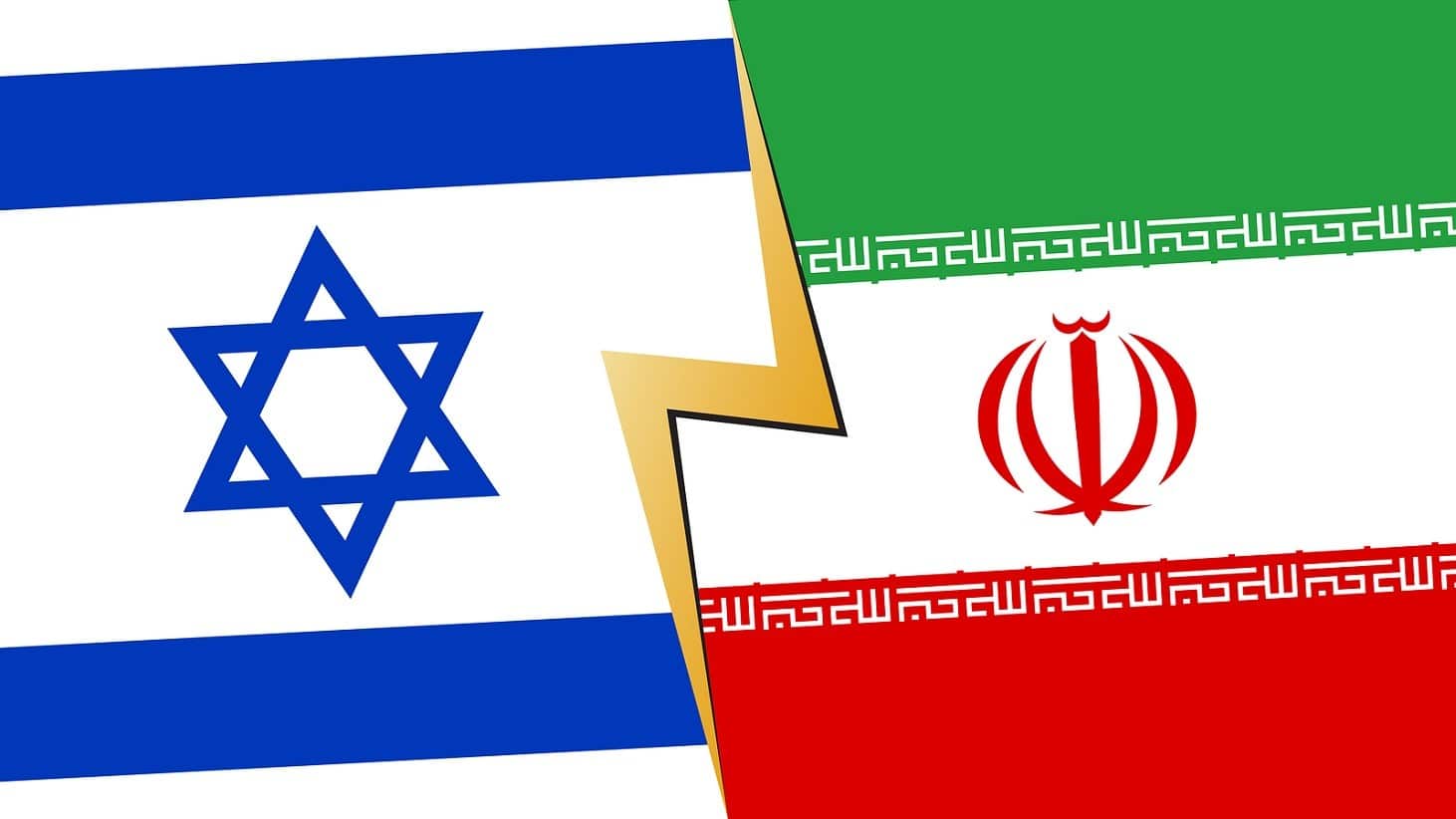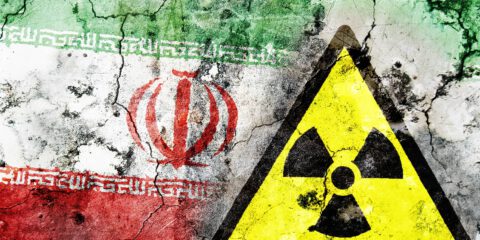More than a decade of civil strife has opened up the region for the escalating state-to-state conflict.
Israel and Iran are at war. Israeli strikes this week in southern Syria, western Iraq and eastern Lebanon—and possibly even Beirut—confirm it.
This war is a very 21st-century affair. For now it involves only small circles among the Israeli and Iranian populations. Parts of the air force, intelligence services and probably special forces are active on the Israeli side. The Islamic Revolutionary Guard Corps, its expeditionary Quds Force and proxy politico-military organizations in Iraq, Syria and Lebanon are engaged on behalf of Iran.
The war marks a hinge point in Middle Eastern geopolitics. For the past decade and a half, the region has been engaged mainly with internal strife: civil wars, insurgencies and mass protests. These are now largely spent, leaving a broken landscape along the northern route from Iran to Israel.
The three “states” in between—Iraq, Syria and Lebanon—are fragmented, partly collapsed and thoroughly penetrated by neighboring powers. Their official state structures have lost the attribute that alone, according to German sociologist Max Weber, guarantees sovereignty: “monopoly on the legitimate use of physical force.” These nations’ territory has become the theater of the Iran-Israel war.
Read more at The Wall Street Journal
JISS Policy Papers are published through the generosity of the Greg Rosshandler Family.
photo: Bigstock









 - בניית אתרים
- בניית אתרים